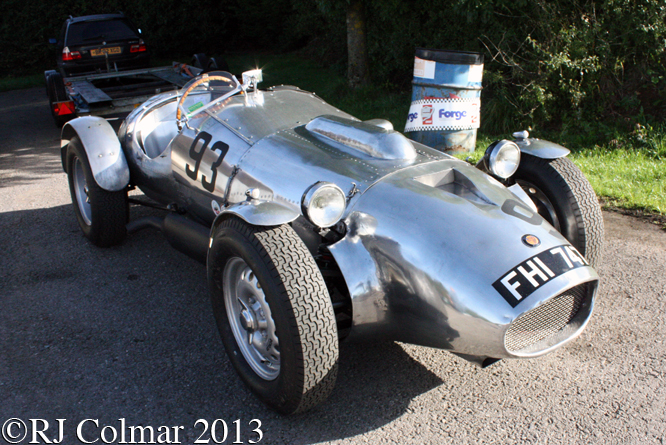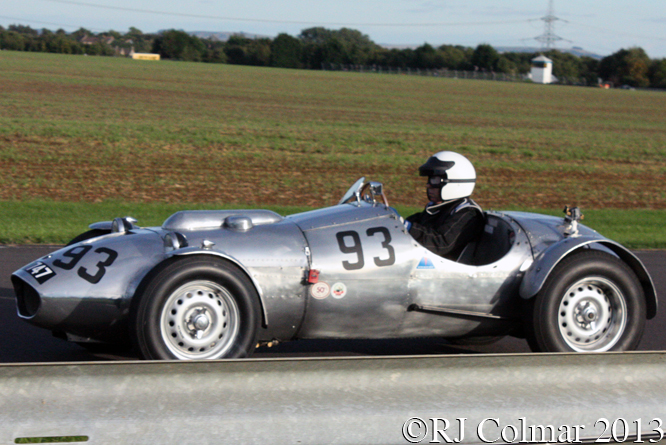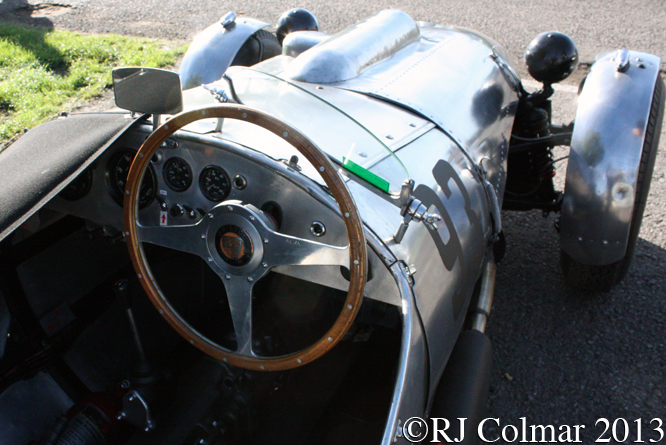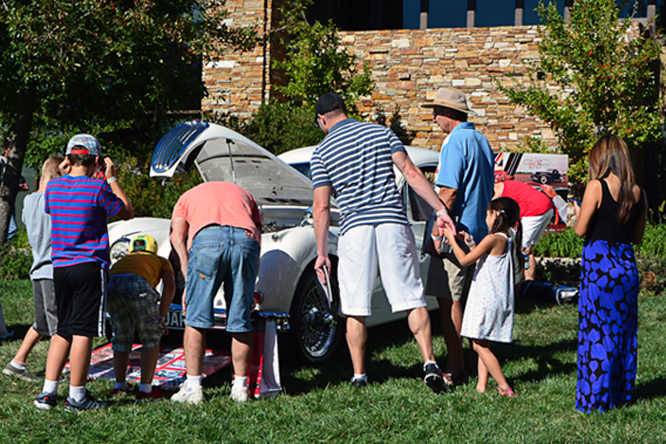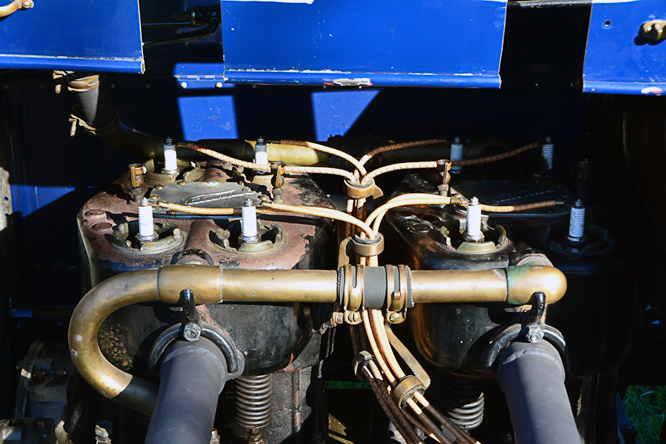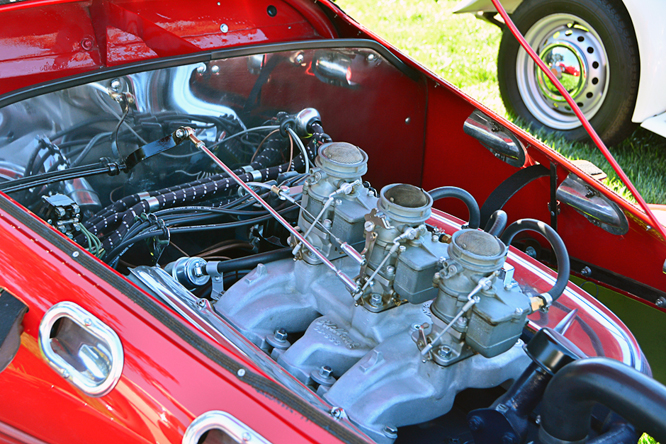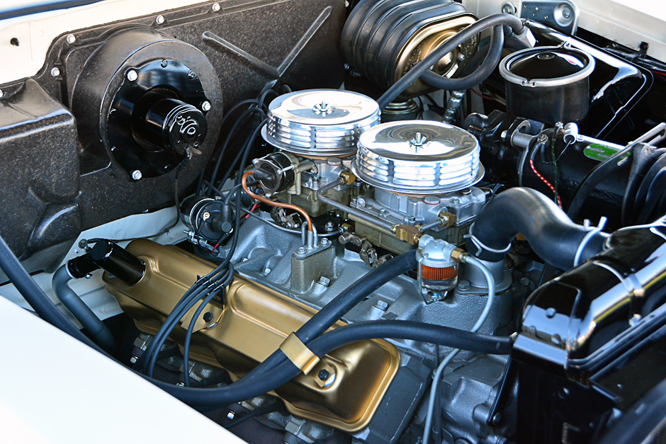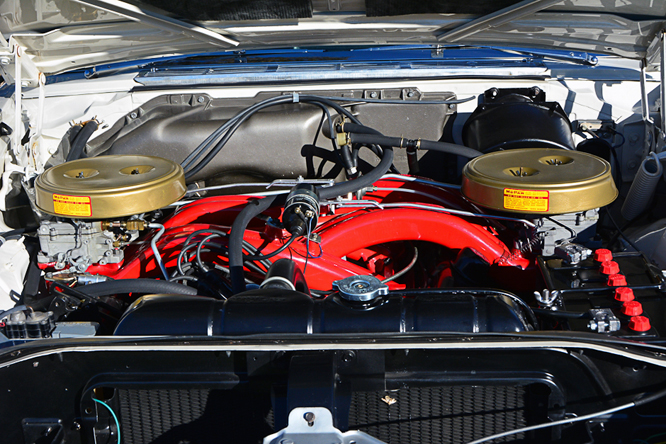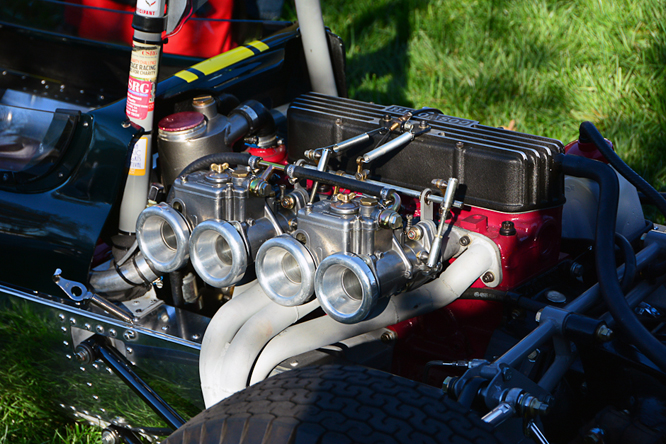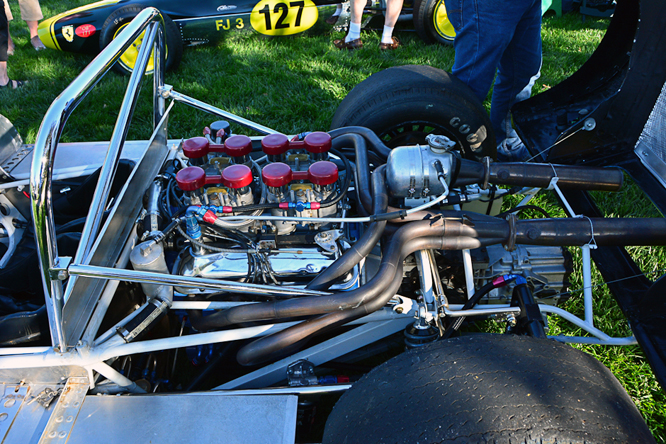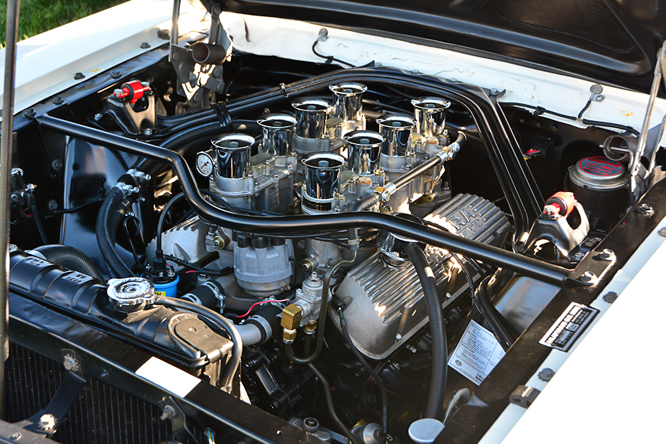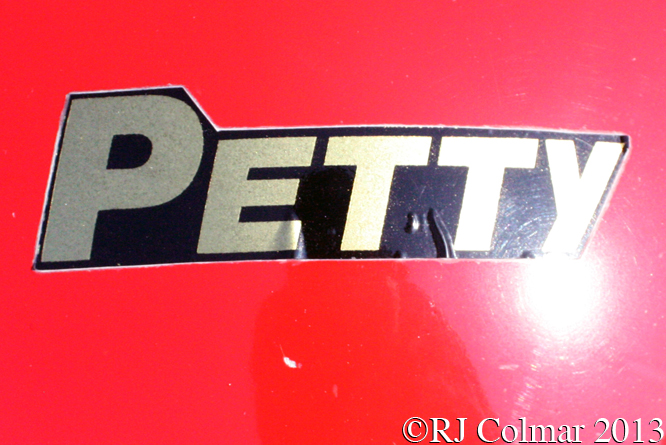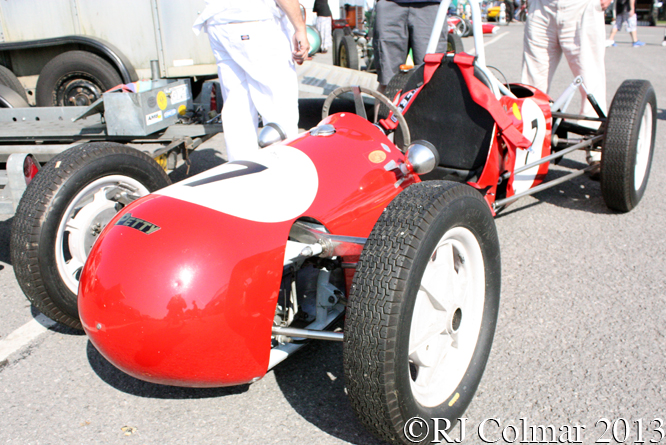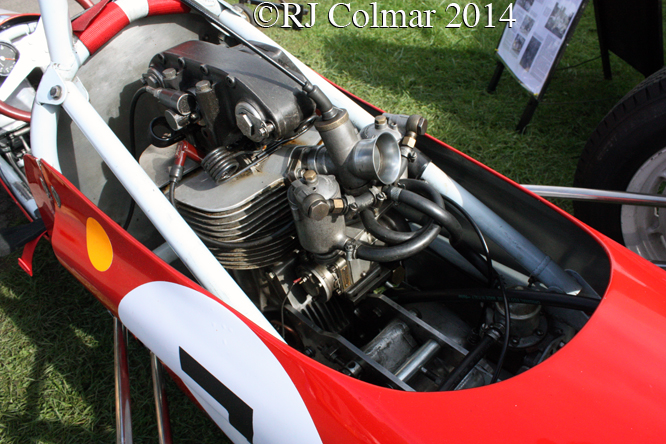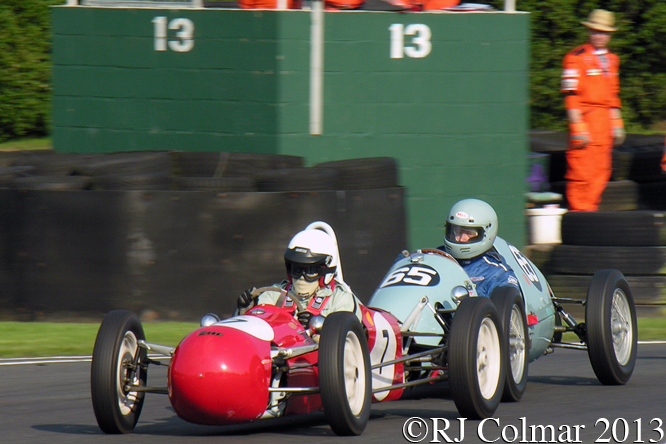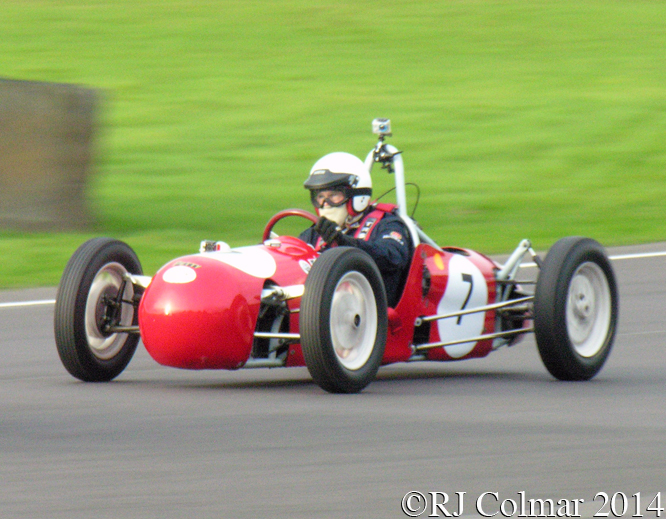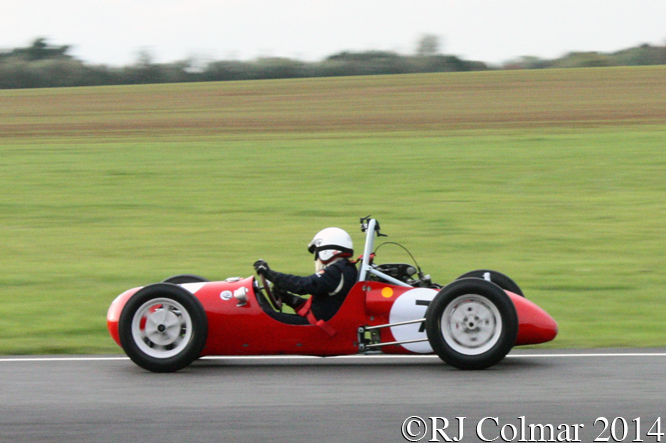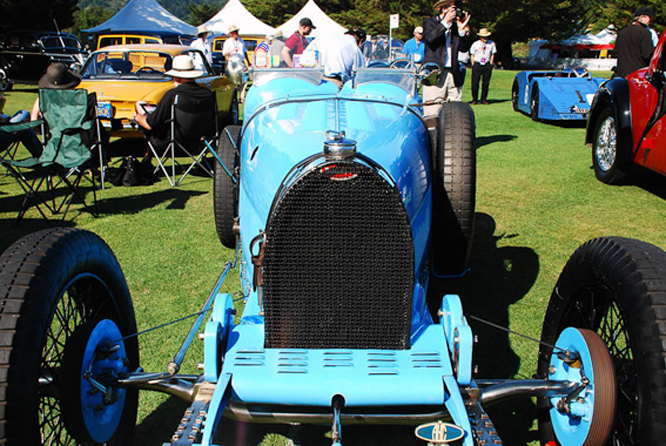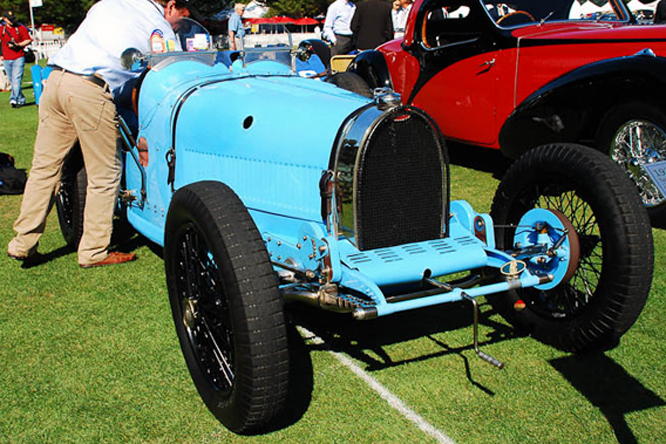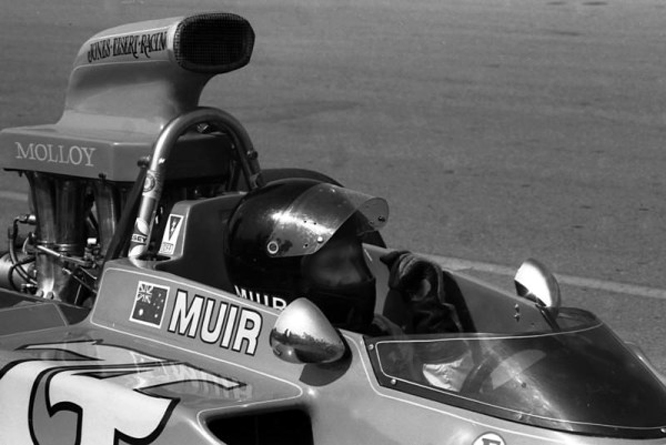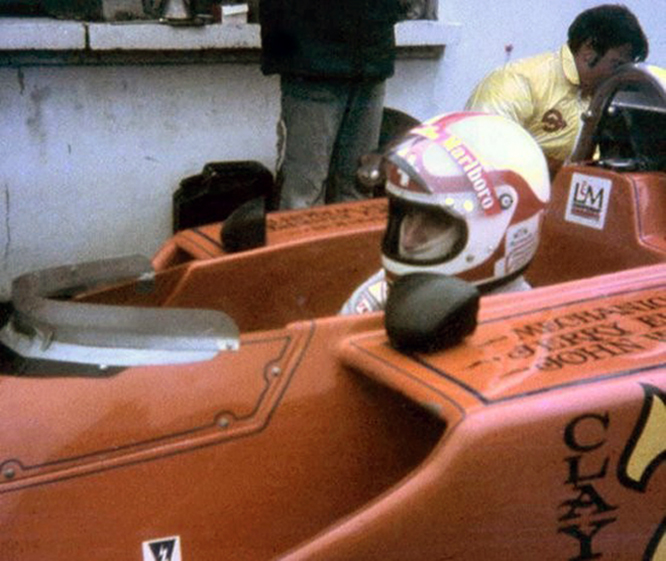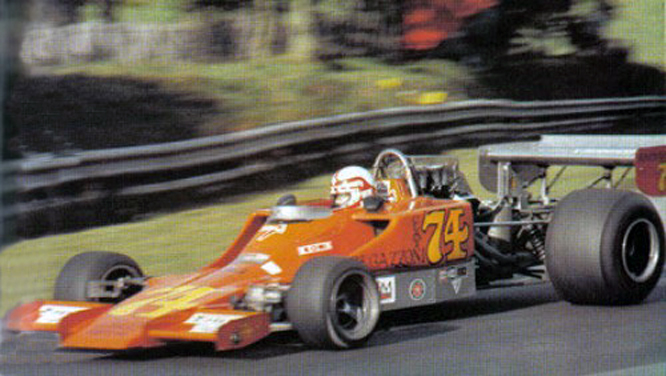When Ford announced it’s new US Fusion models last year many commentators noted that the new model’s post “Kinetic” design front grill bore a passing resemblance to those made familiar by Aston Martin.

That corporate look has been passed on to almost the entire Ford range including the fifth generation Ford Transit van which became available in Europe earlier this year.
The 5th generation Transit is a global vehicle with the design a collaboration between Ford Of Europe and Ford in North America led by Paul Campbell who’s Ford Of Europe team included the designer of a not so well remembered Formula One car, who on this occasion was working in the group responsible for the bolt on items.

The vehicles are no longer built in Southampton which was home to the Transit from 1972 to 2013, but instead at; Fords Kansas City Assembley plant in Claycomo, Missouri, Sollers Ford plant at Yelabuga in the Republic of Tatarstan, today’s featured Transit 460 Econetic was built by Ford Otosan at their facility in Kocaeli, Turkey.

A couple of week ago I volunteered to drive fellow members of my motor club on a 200 mile round trip to the Classic Motor Show in Birmingham and picked up this delivery mileage 17 seat Transit 460 ECOnetic the night before.
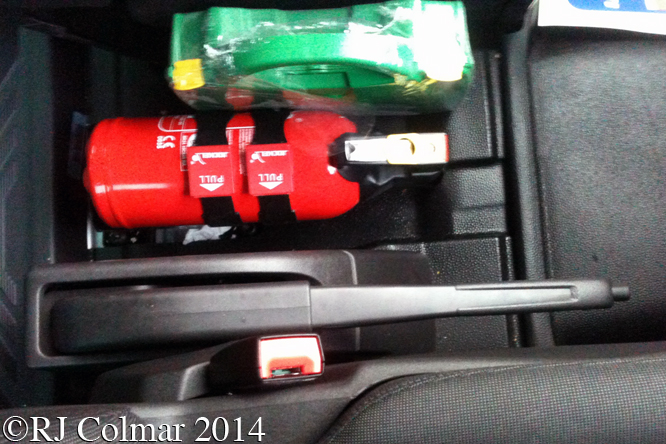
Despite not having driven anything of this size for some years jumping in to the drivers seat everything fell easily to hand, though it was the next morning before someone showed me how to get the radio to work, push the button marked radio of course !
This vehicle is fitted with many features familiar to drivers of current model cars including; interconnectivity with ones phone – which I did not try, a 6 speed manual gearbox – a Europe only item, US Transits are only fitted with 6 speed Automatic transmissions, and intelligent lighting which at night lights up the inside of any corner the vehicle negotiates.

Another interesting feature was the fuel saving automatic stop start system that comes into effect in traffic, the engine automatically switches off when the brake pedal and clutch pedal are both simultaneously depressed in stationary traffic situations and then starts again when the accelerator is depressed.

With ten people aboard this 460 ECOnetic had no problem traveling at an indicated 65 mph all day with it’s 4 cylinder 2.2 litre Duratorq TDCi motor, I could not do a reliable brim full to brim full diesel consumption test but I would estimate 25 mpg was easily achieved with 10 people aboard. One slightly disconcerting feature is that Ford’s are no longer fitted with fuel filler caps.

If I could make one improvement I would ditch the hand brake for an electric one, not because it is difficult to operate but simply because it is mounted so low compared to the drivers seat.
My passengers all found the seats at the back comfortable and I found the vehicle relatively relaxing to drive and I enjoyed driving this Transit, a model which I am sure will remain a tough reliable work horse for the nation just as the previous four generations have.
My thanks to Bristol U-Drive who could not have made hiring the Transit a more pleasurable experience.
Thanks for joining me on this “Built Turkish Tough edition of “Gettin’ a li’l psycho on tyres” I hope you will join me again tomorrow when I’ll be looking at a 1937 Dodge. Don’t forget to come back now !


